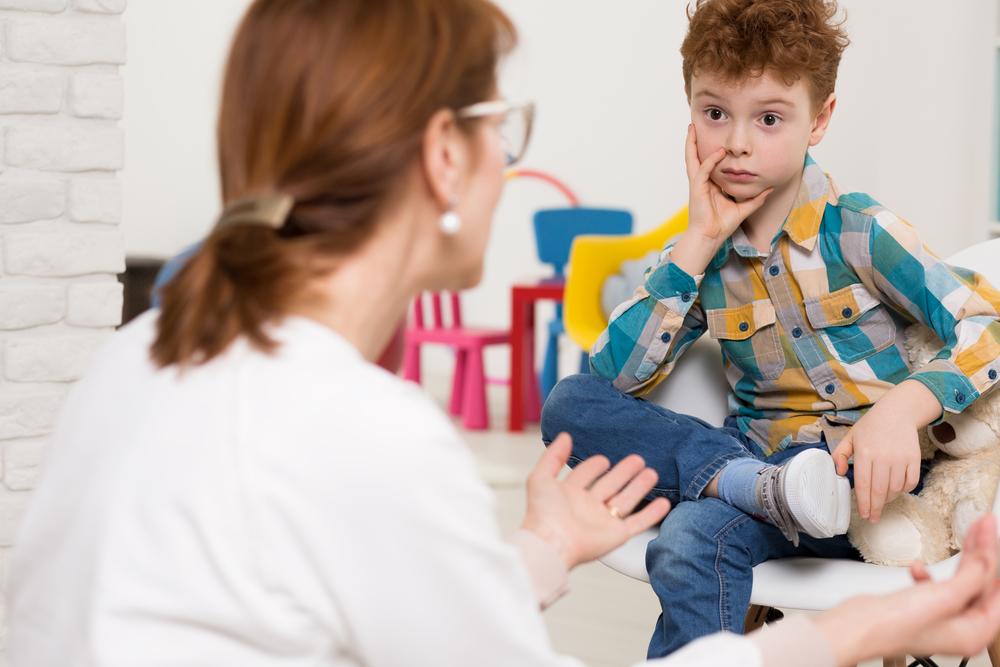Everything You Need to Know about Autism
Autism is a neurological abnormality that develops among young children. The normal brain functioning is hindered by a number of interlinked factors, causing irregularity and abnormality in speech, communication, social awareness, and imaginative skills. Thus, autism depletes the standard of living of the affected child.
The average age that an autistic patient may survive is estimated to be 54 years with persistent impairment of non-verbal and verbal skills.

This pervasive disorder is more common in boys rather than in girls. It is estimated that the symptoms are more pronounced by 3 years of age. There can be a life-long impairment in learning, reasoning and cognitive ability.
Causes of autism
- Researchers have found no specific gene that causes the defect, but this neurological disorder is often caused by several interlinked genetic factors.
- The family history of having an autistic child can imply that there is the probability of getting autism in the future generation. The closer relative or the first-degree family members with autism can increase the chances of this disability.
- Autism can affect children even after birth if they have encephalopathy or meningitis in their lifetime.
- Some infections like rubella and tuberous sclerosis aggravate the chance of having the disease.
- A metabolic disorder like phenylketonuria can also cause autism.
Symptoms of autism
The symptoms of autism are broad and associated with impaired communication and social skills.
- Impaired social skills
A lack of social interaction can be seen in a 10-month-old child. Under these circumstances, the child tends to be less playful, withdrawn, less expressive, remaining isolated, no repertoire of interest, and constantly irritated to carry out daily tasks. - Lack of communication skills
The child may be a slow learner and may be inefficient to grasp a new language. Children may also have echolalia, flat voice and may not be able to respond to sarcasm, etc. - Behavioral patterns
The autistic child may have mood swings and is constantly engaged with repetitive behavior like jumping or flapping of hands. The child may gradually develop sensitivity to light or sound, and start to imitate others. He may have unorganized, clumsy habits of eating with a lack of coordination. The child may be emotionally labile with a lack of cognitive skills.
Treatment for autism
Treatment is mediated, not to cure autism but to make it easier for the child to carry out daily tasks. There are a number of therapies that can be used which are as follows:
- Therapies for speech and communication
These therapies include the use of electronic talkers, using a picture exchange system to communicate, exercising facial muscles and lips to improve articulation, listening to songs and matching rhythm, etc. The therapy should be given by 10 to 12 month of age. - Behavioral treatments
There are applied behavioral treatments that inculcate the positive behavior and develop the child’s interests. Similarly, there is the DTT, PRT, EIBI training, etc that is undertaken before 5 years of age to get more benefit. The approaches are relation-based that engage the child to learn through some playful activities. - Sensory therapies
The ABA treatment is subjected to an autistic child who is less than 5 years of age. It works to reduce the challenging behavior and reinforce some positive traits in a child. It channelizes the child to perform daily activities in less time. Another form of sensory treatment is RDI, which helps increase the ability to think flexibly and engage in social activities. - Medication
There are a number of medications that are supplemented to assist the neurological problems. These psychoactive medicines include antipsychotic drugs that interfere with the hyperactivity and antidepressants that are inhibitors for serotonin and remediate the abrupt mood swings.











